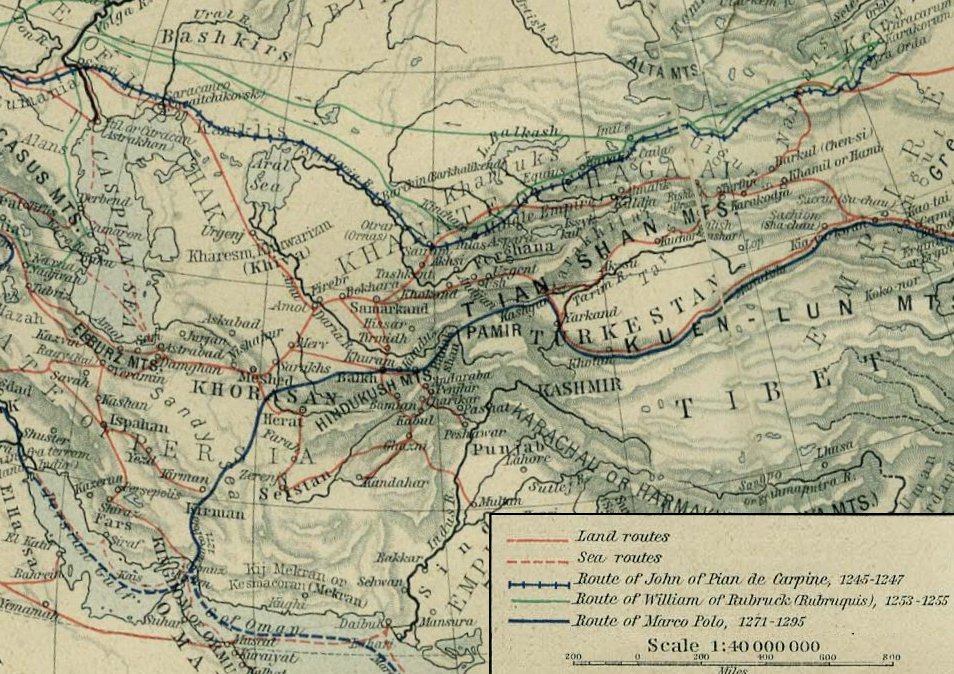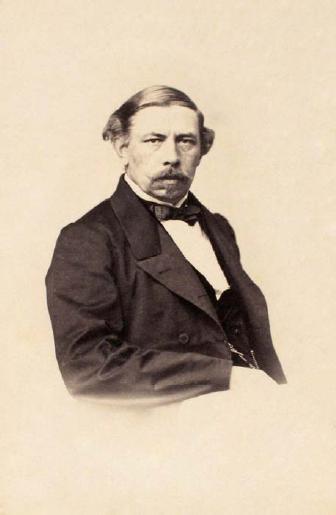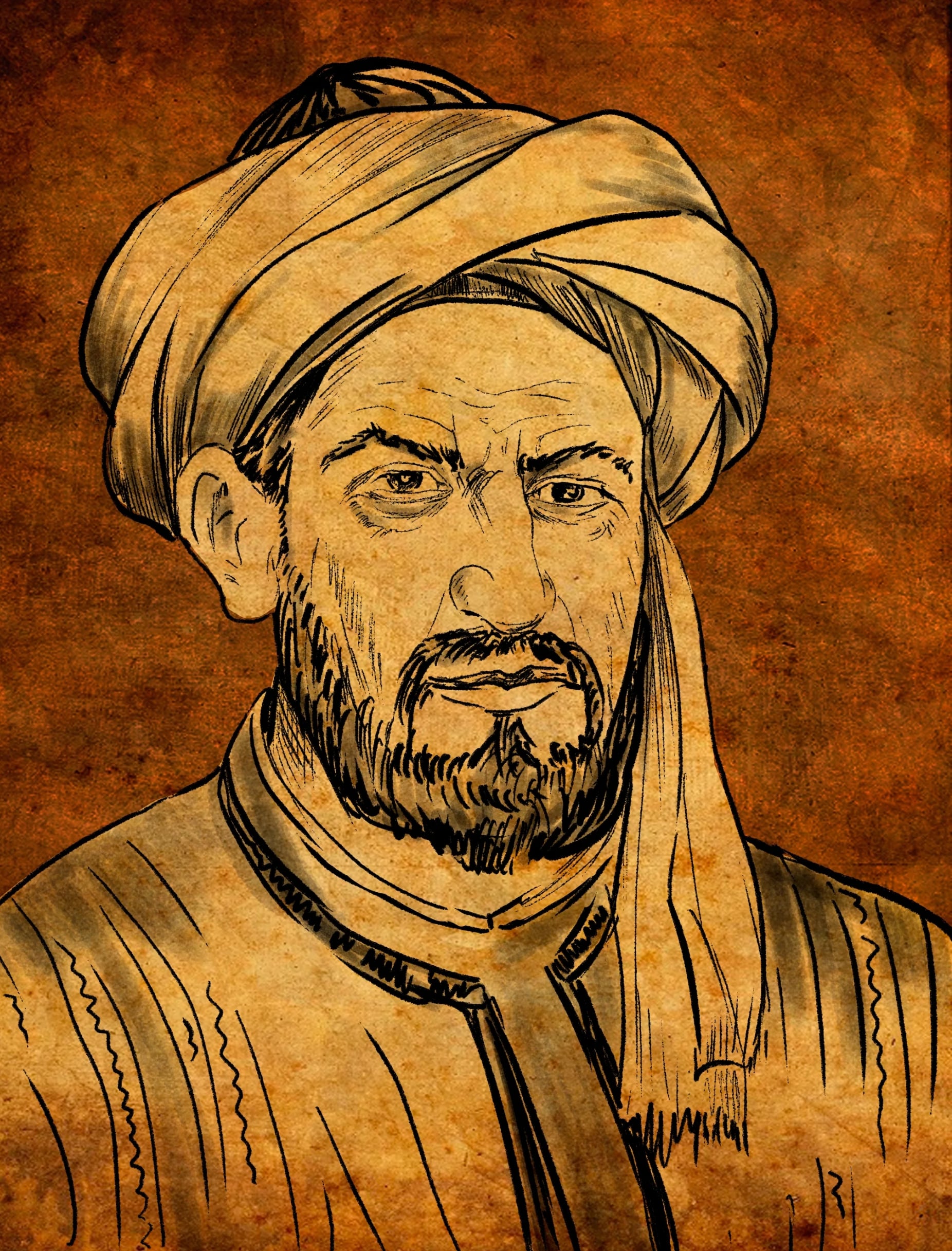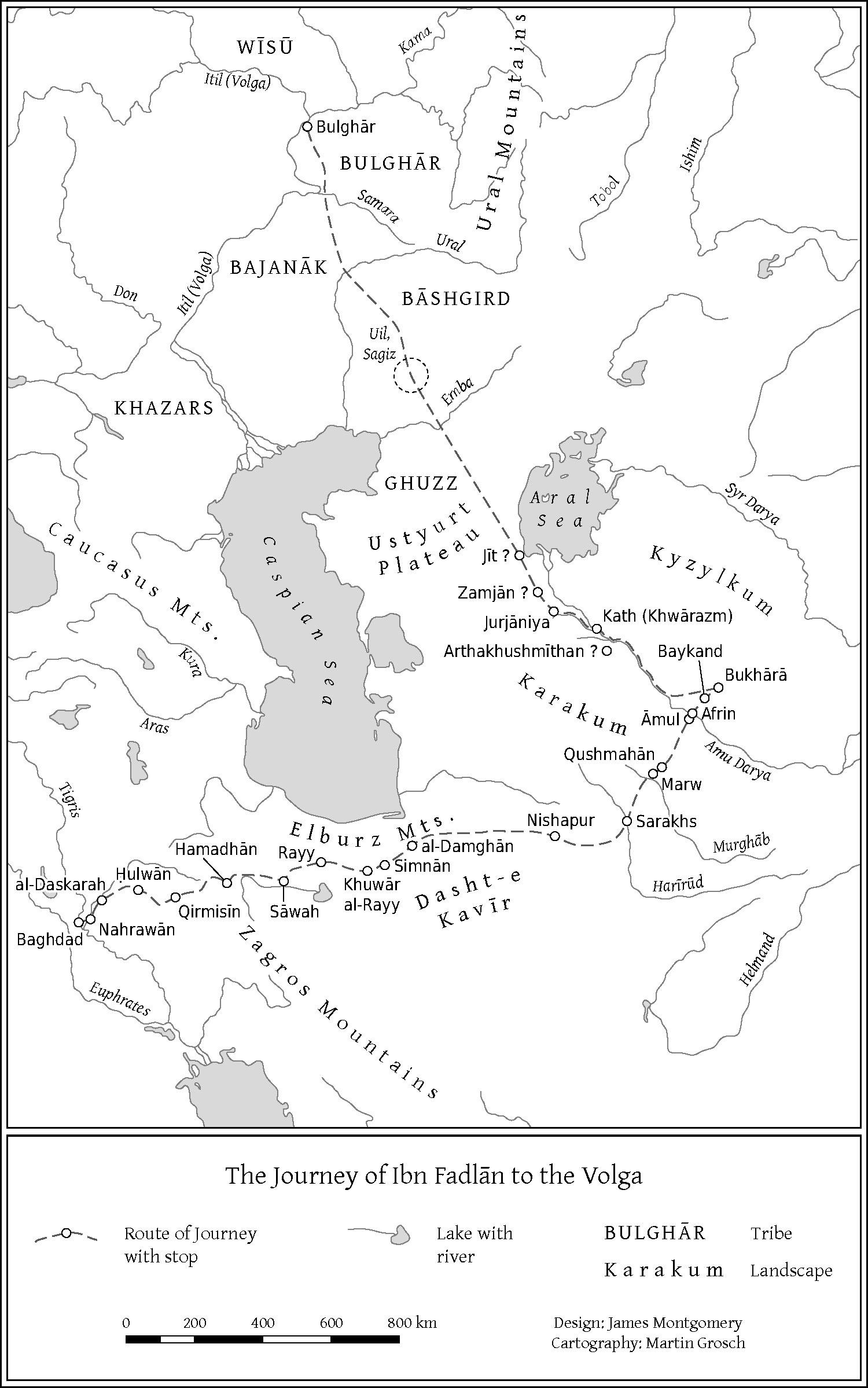Russian Federation expeditions
Giovanni de Plano Carpini: From the Vatican to the Mongol Khan's Court
Giovanni de Plano Carpini was a 13th-century Italian Franciscan friar who was sent on a mission to the Mongol Empire by Pope Innocent IV. He led an expedition to the Mongol Empire in 1245 and was one of the first Europeans to enter the realm and make contact with the Mongol Khans. Carpini's expedition lasted for over a year, during which time he and his companion, another friar named Stephen of Bohemia, traveled through the Balkans, Russia, and the Steppes of Central Asia. They encountered numerous challenges along the way, including harsh weather conditions, attacks by bandits, and disease. Once they arrived in Mongolia, they were received by the Khan Guyuk, who granted them an audience. Carpini's mission was to establish a relationship between the Pope and the Mongol Khans and to find out more about the Mongol Empire. During his stay in Mongolia, he learned about the Khan's rule and governance and documented his findings in his book, The Story of the Mongols Whom We Call the Tartars. Carpini's expedition was an important milestone in European exploration and helped to establish a relationship between the Catholic Church and the Mongol Empire. It also provided valuable information about the culture, customs, and geography of the Mongol Empire, which was largely unknown to the West at the time.
📅 Duration
From 1245 A.D. to 1247 A.D.
🤠 Explorers
Karl von Ditmar: Travel and stay in Kamchatka
Karl von Ditmar was a German explorer and naturalist who is known for his expedition to Kamchatka, a peninsula in the far east of Russia. Ditmar's expedition took place in the mid-19th century and was sponsored by the Russian Academy of Sciences. During the expedition, Ditmar and his team conducted scientific research on the flora, fauna, and geology of Kamchatka, as well as on the indigenous peoples of the region. They also explored the remote and largely uncharted region, mapping out new territories and collecting specimens for study. Ditmar's expedition was significant because it contributed significantly to our understanding of the natural and cultural history of Kamchatka and the surrounding region. His work laid the foundation for future scientific research in the area and helped to establish Kamchatka as an important destination for scientific exploration.
📅 Duration
From 1851 A.D. to 1855 A.D.
🤠 Explorers
Ahmad ibn Fadlan: Mission to the Volga
Ahmad Ibn Fadlan was a 10th-century Arab traveler and writer who is known for his account of a journey he made to the Volga region in present-day Russia. His mission was to serve as an ambassador from the Abbasid Caliphate, the ruling Islamic dynasty at the time, to the king of the Bulgars, a Turkic people who lived in the region. Ibn Fadlan's account of his journey, known as the Risala (or "Book of Instruction"), is an important source of information about the culture and society of the Bulgars and other peoples he encountered during his travels. In it, he describes the customs and practices of the Bulgars, as well as their religious beliefs and rituals. He also provides detailed accounts of the physical appearance and behavior of the people he encountered, and gives descriptions of the landscapes and natural features of the region. Despite the wealth of information contained in the Risala, it is not a particularly well-known work, and has been largely overshadowed by other, more famous accounts of medieval travel and exploration. However, it remains an important primary source for historians and students of medieval culture and society.
📅 Duration
From 921 A.D. to 922? A.D.
🤠 Explorers
© 2022 Amin Rashidbeigi





